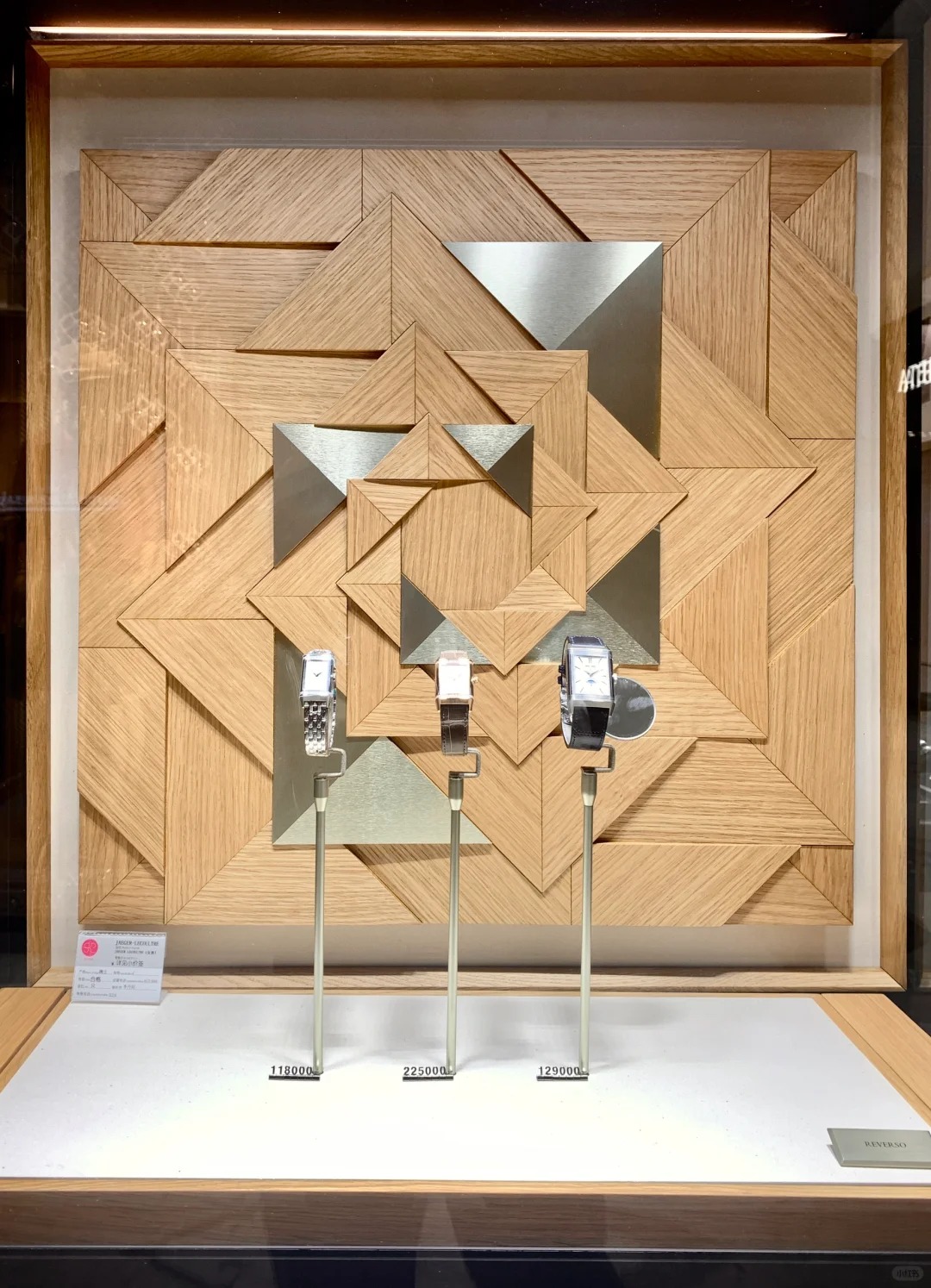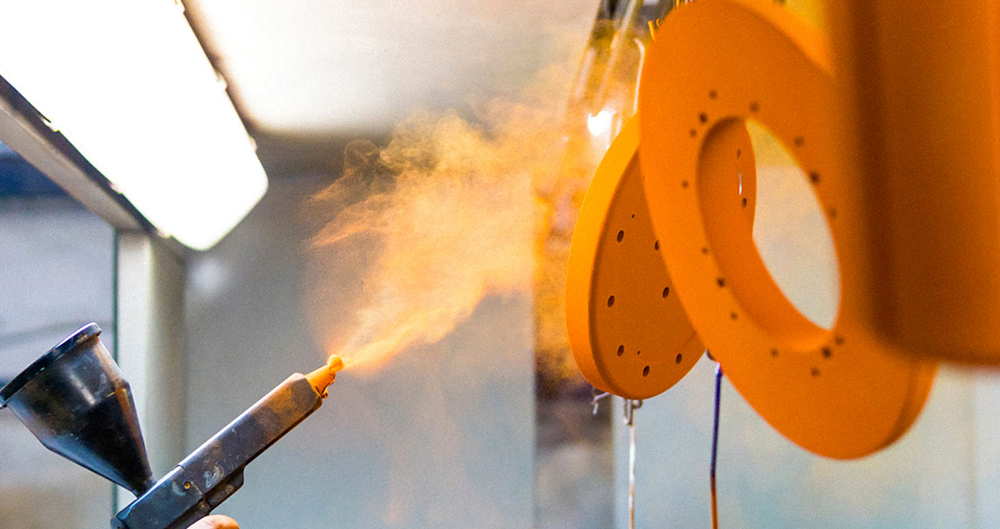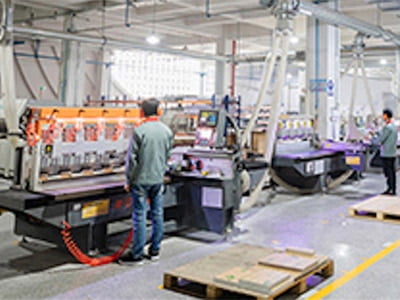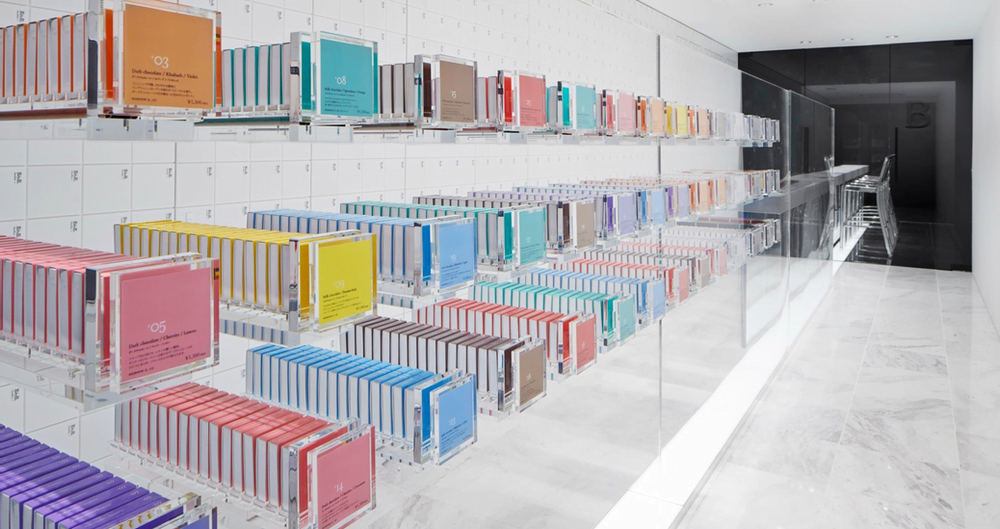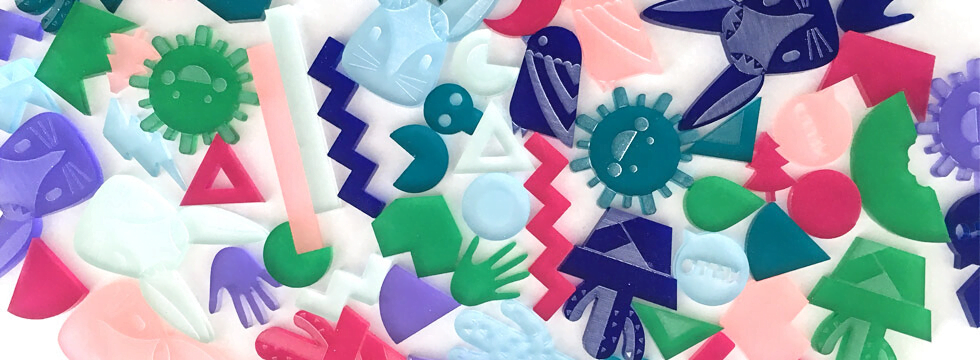In retail display design, combining materials like metal, acrylic, and wood often feels like a balancing act. If the textures, colors, or structural roles aren’t clearly defined, the result can look disjointed or be expensive to produce and ship. This confusion increases especially during rollouts across multiple markets. But when done right, the synergy between these materials becomes a silent ambassador of your brand’s value and product story.
Table of Contents
At Samtop Display, we help global brands engineer modular fixtures that layer these materials with strategic precision—for strength, beauty, and rollout success.
Combining metal, acrylic, and wood in one fixture offers the ideal balance of transparency, warmth, and durability. To get it right:
- Use metal for frames, edge detail, and structural support.
- Use acrylic for lighting effects and lightweight elegance.
- Use wood to ground the display and add tactile warmth.

Want to build premium displays without premium headaches? Read on to learn how to assign each material its perfect role—so your next VM rollout feels effortless and elevated.
What Role Does Each Material Play in Retail Displays?
| Material | Visual Function | Structural Function |
|---|---|---|
| Metal (steel, brass, aluminum) | Modern, sleek, high-value | Framework, joints, edge protection |
| Acrylic (clear, frosted, textured) | Lightweight, techy, luminous | Floating layers, risers, lighting zones |
| Wood (plywood, oak, veneer) | Warm, tactile, organic | Base plinths, body volume, grounding tone |
👉 Need guidance on finish coordination? See our Color Matching Guide.
Best Material Combinations by Fixture Type
💍 Jewelry / Watch Displays
- Layout: Brass frame + clear acrylic lid + walnut base
- Vibe: Premium protection with clarity
- Use Case: Collector displays, glass-top showcases, premium tabletop risers
💄 Cosmetics / Fragrance Counters
- Layout: Acrylic risers + slim metal trims + light wood base
- Vibe: Light, glowing, approachable luxury
- Use Case: Tester zones, semi-permanent podiums, in-store activations
🧳 Tech / Lifestyle Units
- Layout: Black anodized frame + ribbed acrylic + stained plywood
- Vibe: Precision + warmth
- Use Case: Consumer electronics, eyewear, lifestyle accessories
Structural Rules That Keep Fixtures Functional and Premium
| Fixture Zone | Material Priority | Reason |
|---|---|---|
| Base & Support | Metal / Wood | Durability and stability |
| Display Surface | Acrylic / Wood | Light diffusion and warmth |
| Joints & Corners | Metal | Precision + protection |
| Branding Panel | Acrylic print / Metal plate | Contrast and logo clarity |
| Risers / Shelves | Mixed | Product layering and storytelling |
📌 Tip: Use hidden fasteners, soft-close hardware, and clean seams for a refined feel.
Tone & Mood Through Material Ratio
| Brand Mood | Material Ratio |
|---|---|
| Modern Luxe | 50% Metal / 30% Wood / 20% Acrylic |
| Natural Calm | 60% Wood / 20% Acrylic / 20% Metal |
| Tech Forward | 50% Acrylic / 30% Metal / 20% Wood |
| Retail Heritage | 50% Wood / 30% Metal / 20% Acrylic |
Need inspiration for layout? Explore Global Fixture Production Examples.
Real Example: Luxury Watch Display Unit
- Base: Walnut veneer block = grounding weight
- Riser: Frosted acrylic = focus and float
- Logo Plate: Brushed brass = prestige signal
- Trim: CNC-cut aluminum = edge polish
📈 Result: +40% shopper engagement, 2-year durability across 15 markets, zero repair rate.
FAQ
Q: Isn’t this combination too heavy for shipping?
✅ No—use knock-down (KD) design + flat-packing. Our rollout logistics guide explains how.
Q: How do I match the surface finishes?
✅ Use RAL/Pantone + gloss level control, then validate with physical swatches under warm store lighting (3000–4000K).
Q: Can I use faux materials to simulate the look?
✅ Yes. For early samples, simulate metal with PVC foil or vinyl, woodgrain with printed MDF, and acrylic with PETG.
Q: Can one fixture support different brand tiers?
✅ Absolutely. Reuse core structure and adapt finishes: gloss vs matte, brushed metal vs printed logo, etc.
Conclusion: Structure Meets Story Through Material Strategy
✔️ Combine metal for precision, acrylic for lightness, and wood for comfort
✔️ Assign materials based on function, not just aesthetic
✔️ Control gloss, joinery, and branding for consistency
✔️ Prototypes should validate both structure and tone
✔️ A modular hybrid system = scale, style, and spend control
At Samtop, we guide brands in structuring multi-material VM fixtures that feel intentional, durable, and globally rollout-ready—from sketch to shipping.
📩 Ready to Design Hybrid Fixtures That Feel Premium?
We offer:
- Multi-material BOM consultation
- Surface finish & sample kit coordination
- Prototype testing plans by zone
- Modular design systems for global markets
📧 Email: [email protected]
🌐 Explore: www.samtop.com
